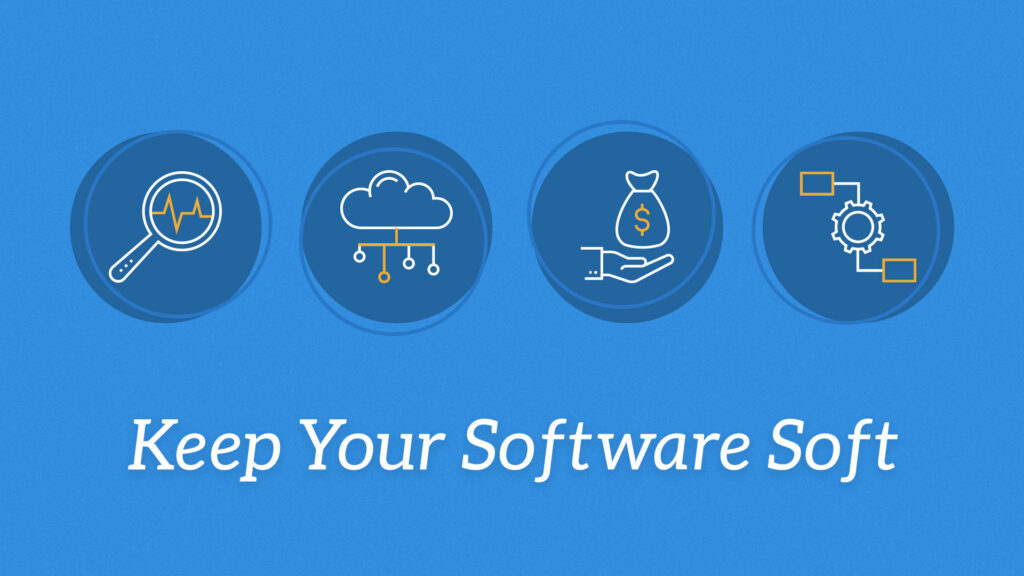Why Does Software Get More Complex Over Time?

Understanding why software grows complex is crucial for addressing it. Let’s discuss some common causes.
- Fear of Change: Avoiding changes leads to duplicated and complex code.
- Dependencies: More dependencies make the code harder to manage.
- Unplanned Technical Debt: Shortcuts taken during development add unforeseen debt.
- Schedule Pressures: Continuous feature addition without removing obsolete ones.
- Bloat: Building overly complex systems due to a lack of customer feedback.
- Large Codebases: Not breaking down the code effectively.
- Company Acquisitions: Integrating different systems and rules.
These factors lead to a cycle where code becomes increasingly difficult to manage and change over time.
How to Keep Your Software Soft and Easy to Change
To keep software flexible, several strategies can be employed:
- Robust DevOps Pipelines: Automate tests and builds to catch issues early.
- Encapsulation: Clearly define APIs and encapsulate dependencies.
- Value-Focused Debt Management: Show business value in addressing technical debt.
- Align Architecture with Business Needs: Ensure systems architecture aligns with business capabilities.
Maintaining agile software involves robust DevOps pipelines, automated tests, and builds. Key strategies include encapsulating dependencies, ensuring clear APIs, and managing technical debt with a value-focused approach. Dependencies often complicate systems, requiring orchestrated teamwork and clear delineations for independent testing. Aligning systems architecture with business capabilities minimizes orchestration and enhances productivity. Effective encapsulation involves clear APIs, contract tests, and mocks, allowing independent changes without breaking the system. Tools like code analysis and AI help visualize and manage code. Sometimes, rewriting components with modern practices is necessary. Ultimately, aligning products and systems with clear APIs accelerates organizational agility and efficiency.
Practical Steps to Work with Existing Systems:
- Encapsulation and APIs: Create clear APIs and use contract tests to allow independent changes.
- Business Capability Model: Align systems with business needs and refactor code accordingly.
- Tools and Techniques: Utilize code analysis tools (e.g., CodeScene) for better visualization and management.
- Decoupling Code: Refactor and create characterization tests to build seams and encapsulate dependencies.
- Rewriting Components: When necessary, rewrite components with modern engineering practices like test-driven development and automated pipelines.
In summary, keeping software agile and easy to change involves addressing technical debt, implementing robust DevOpspractices, and ensuring alignment between systems architecture and business needs. By focusing on value and continuously refactoring and testing code, organizations can achieve greater flexibility and efficiency in their software development.




